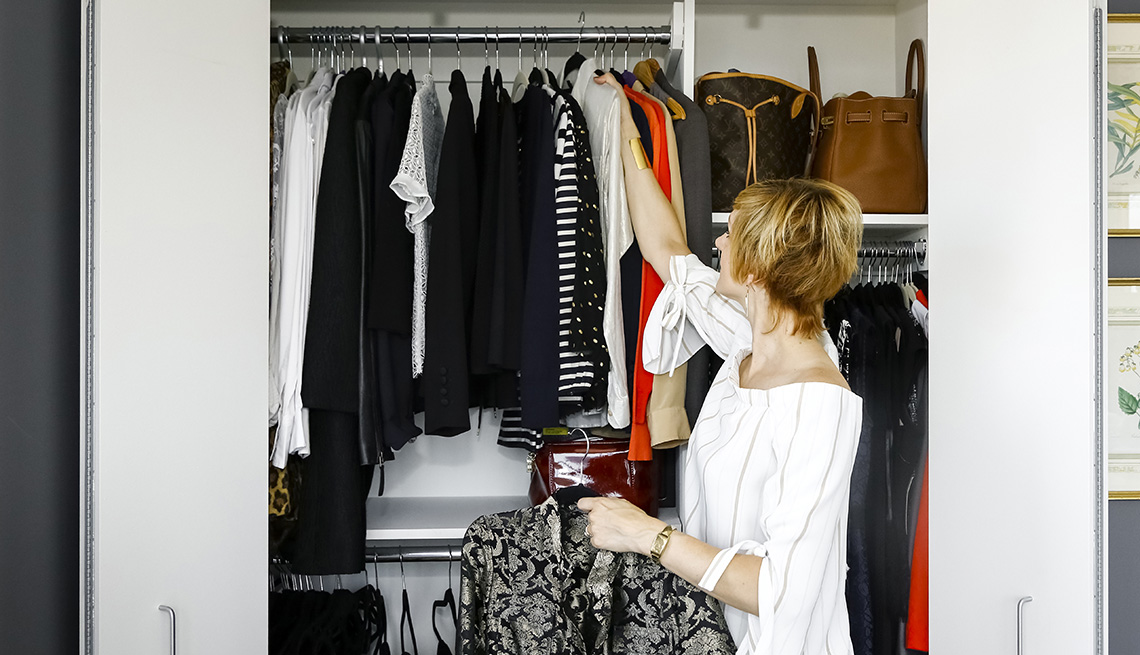
If you’ve ever stared at a closet full of clothes and thought, “I have nothing to wear,” you’re not alone. Over time, closets become crowded with impulse buys, outdated trends, and pieces we swear we’ll wear "someday." A closet detox is the style reset you didn’t know you needed—freeing up space, sharpening your personal style, and saving time and money in the long run. Whether you’re downsizing, rebranding your fashion identity, or just tired of the clutter, this guide will walk you through exactly what to toss, keep, and rewear.
Why You Need a Closet Detox
Before diving into the specifics, let’s understand why detoxing your wardrobe is essential. A cluttered closet doesn’t just waste physical space; it also causes decision fatigue, delays your morning routine, and masks the gems you already own. A thoughtful purge can:
- Help define your personal style
- Make everyday dressing easier
- Reduce unnecessary shopping
- Extend the life of your favorite items
- Create room for future intentional buys
Now let’s break it down step by step.
Step 1: The Preparation Phase
Start by setting aside dedicated time—ideally 2 to 3 hours—so you’re not rushing. Have these tools on hand:
- Four boxes or bags labeled: Toss, Donate/Sell, Keep, and Seasonal Storage
- A full-length mirror
- Comfortable clothes to try things on
- A notebook or your phone to note missing wardrobe staples
Empty your entire closet. Yes, the whole thing. Seeing everything laid out helps you objectively assess what’s working and what’s not.
Step 2: What to Toss
Let’s start strong. Toss anything that’s:
- Stained or damaged beyond repair: Yellowed whites, missing buttons you never replaced, stretched-out knits. If it’s unwearable and unfixable, it’s time to let it go.
- Worn out basics: Think pilled leggings, sagging bras, or faded t-shirts. Basics should be refreshed regularly to keep your look polished.
- Smelly or moldy: If washing can’t save it, toss it. Moldy clothes can cause skin irritation and shouldn’t be worn.
- Shoes beyond their lifespan: If soles are worn flat or heels wobble beyond repair, it’s better to invest in new, supportive footwear.
Don’t feel guilty about discarding unwearable items. Consider upcycling them as cleaning rags or recycling through textile programs when possible.
Step 3: What to Donate or Sell
Some pieces aren’t trash—they just aren’t right for you anymore. Donate or sell anything that:
- No longer fits: If it’s too small or too large and hasn’t been touched in a year, pass it along. Clothes are meant to fit you, not the other way around.
- You haven’t worn in 12 months: Seasonal items excluded, if it hasn’t seen daylight in over a year, it’s unlikely you’ll reach for it again.
- Doesn’t reflect your current style: Maybe you’re done with loud prints, fast fashion, or overly trendy cuts. Let those items go to someone who will love them.
- Still in good condition: Platforms like Poshmark, ThredUp, or Depop are great for reselling. Gently used items can also be donated to local shelters or charities.
Step 4: What to Keep
Here’s where it gets rewarding. Keep clothes that:
- Fit well and feel good: Comfort and confidence are key. If it makes you feel like your best self, it’s a keeper.
- Are versatile: These are your staple items—well-fitting jeans, neutral tops, quality blazers, black trousers, a go-to dress, classic shoes.
- Are timeless: A trench coat, white button-down, leather boots, a little black dress—some pieces never go out of style.
- Hold sentimental value: A special dress, a jacket passed down from family, or something tied to a meaningful memory can stay—as long as it’s not hoarding.
Make a quick note of any missing essentials. Need a better-fitting pair of jeans? A quality white tee? Use this opportunity to build a smarter shopping list.
Step 5: What to Rewear Creatively
Often, the best pieces are already in your closet—you just need to see them with fresh eyes. These are the items you should absolutely rewear:
- Statement pieces: Bold blazers, patterned skirts, or unique accessories can transform basics into standout outfits.
- Old favorites with styling potential: That skirt you used to love might just need a new top or belt to shine again.
- Layering heroes: Lightweight turtlenecks, long cardigans, and denim jackets can extend the wearability of summer or spring clothes into colder months.
- Quality investment items: Leather jackets, wool coats, structured handbags, and premium shoes last years. They deserve repeat wear.
Pinterest or Instagram can be great for outfit inspo. Challenge yourself to style one “forgotten” piece in three new ways.
Step 6: Organizing What’s Left
Once you’ve narrowed things down, it’s time to organize:
- Group by category: Tops, bottoms, dresses, outerwear
- Then by color for easy access
- Use slim velvet hangers to maximize space
- Store out-of-season items in labeled bins or vacuum-sealed bags
- Place accessories and shoes where you can see them—visibility increases wear
Consider using wardrobe tracking apps like Stylebook or Smart Closet to catalog your items and plan outfits more efficiently.
Final Thoughts: Make It a Habit
A closet detox isn’t just a one-time cleanout—it’s a mindset shift. Get into the habit of doing mini detoxes seasonally. When you buy something new, ask yourself: “Do I love it enough to wear it 30 times?” If not, reconsider the purchase.
A decluttered closet equals a decluttered mind. With less chaos and more clarity, you’ll get dressed faster, feel better in your outfits, and ultimately consume more consciously. Fashion should be fun, not frustrating—and it starts with what’s already hanging in your wardrobe.